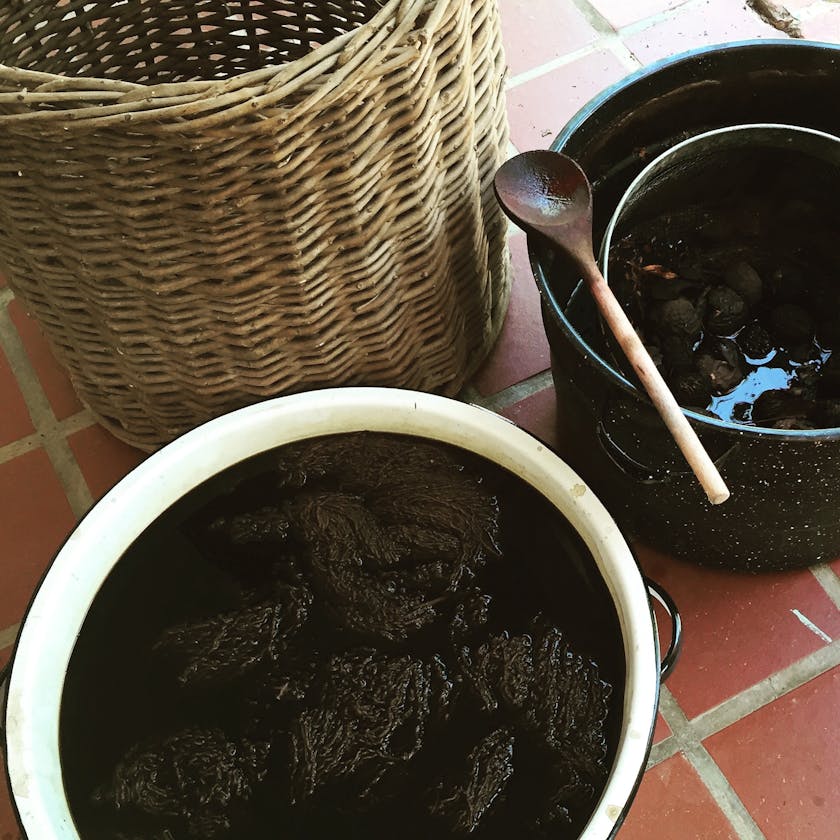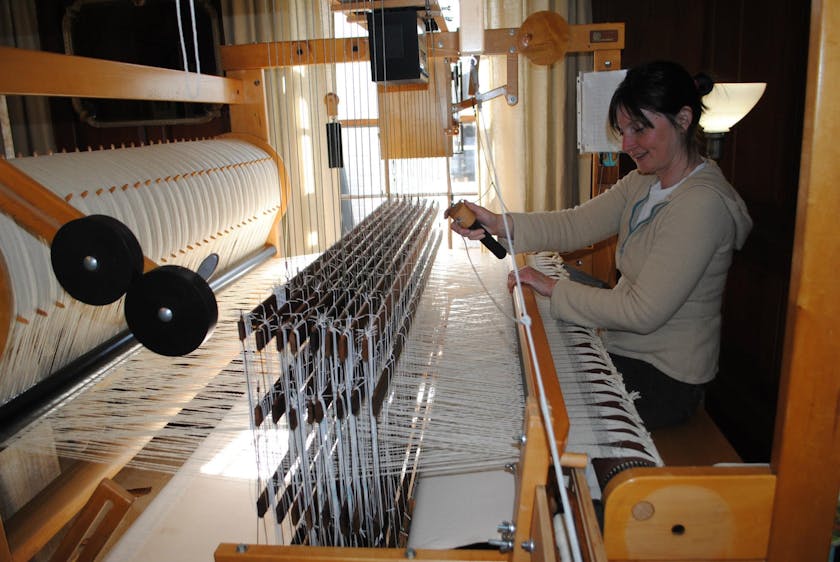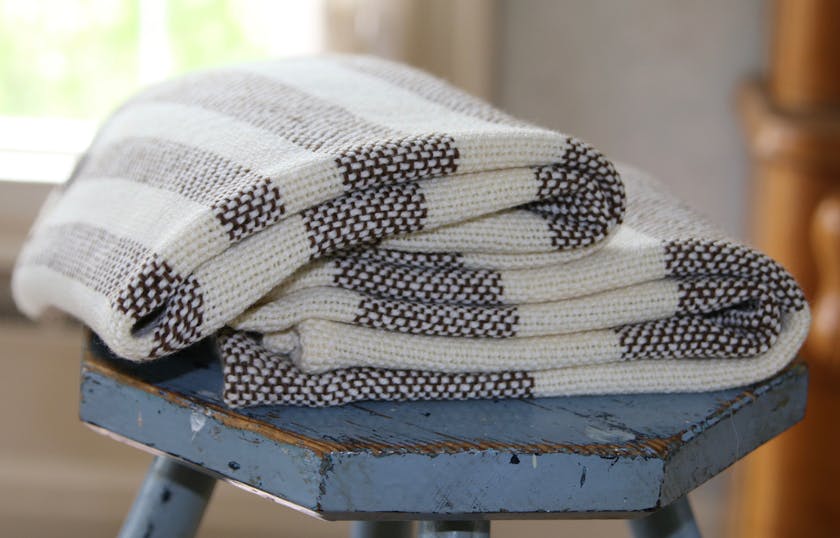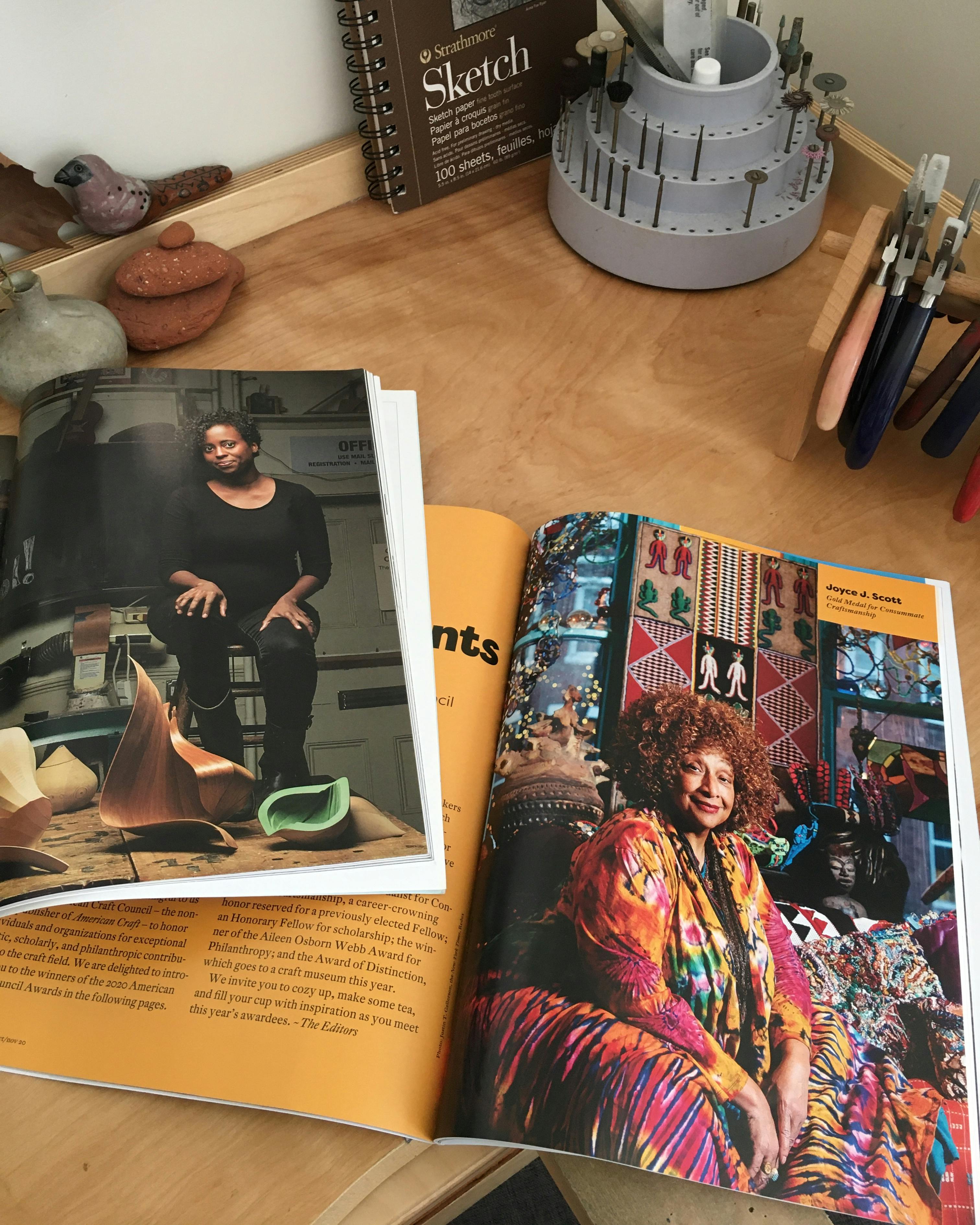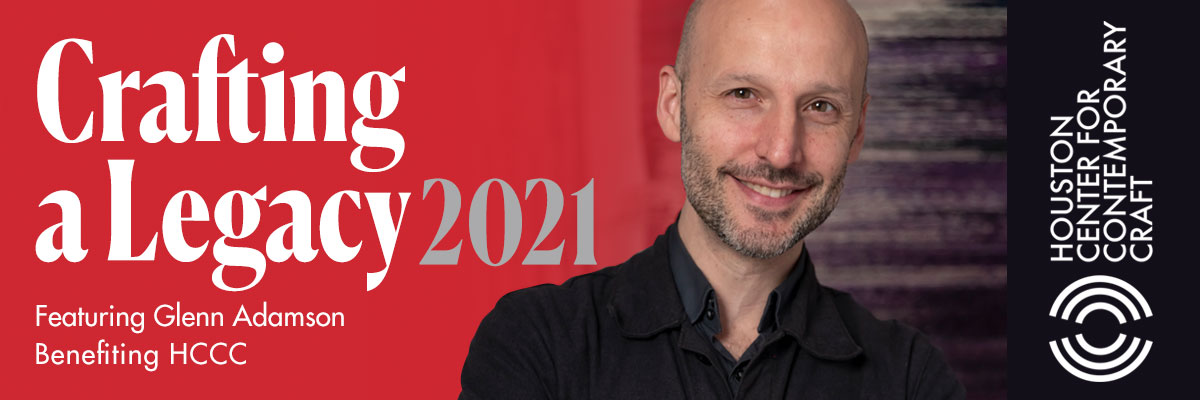The Queue: Dianne Nordt
Get to know the people featured in the pages of our magazine as they share what's inspiring them right now.
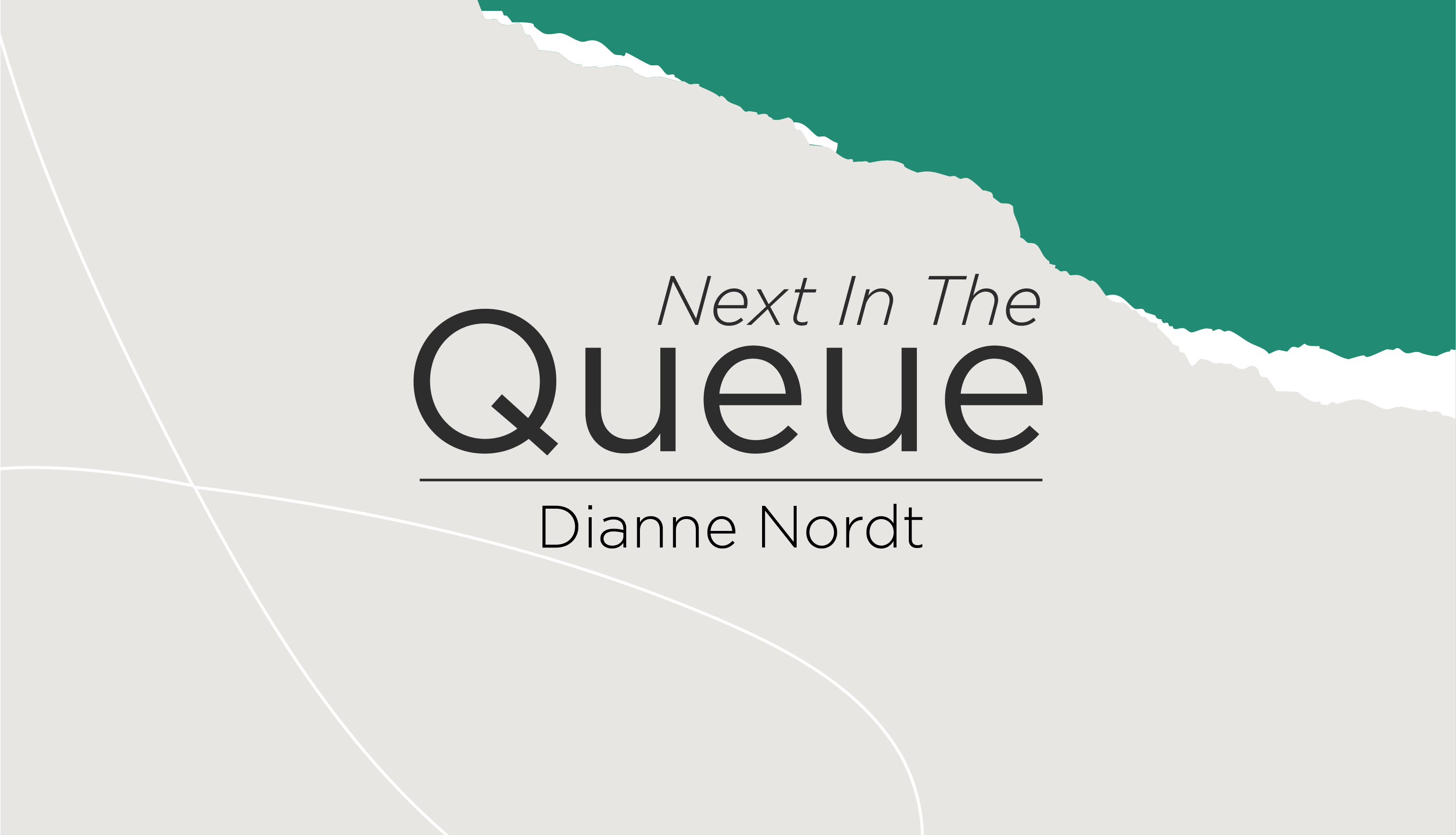
Introducing the Nourish series of The Queue
A biweekly roundup for and by the craft community, The Queue introduces you to the artists, curators, organizers, and more featured in the current issue of American Craft. We invite these inspiring individuals to share personally about their lives and work as well as what's inspiring them right now.
For Dianne Nordt, making blankets is a nourishing connection to nature
Dianne Nordt is a textile artist based in Virginia who handweaves blankets using naturally dyed wool from sheep she raises on Nordt Family Farm. Her process is revealed in the Spring issue of American Craft in From Sheep to Blanket. @nordtfamilyfarm
How do you describe your work or practice?
I am a weaver and a shepherdess. I raise a flock of merino sheep and use their wool to handweave blankets. My sheep are naturally colored in shades of brown, gray, and white. I hand-dye my wool using plant dyes and incorporate color in my designs.
During this time of COVID-19 isolation and social unrest/calls for change, how are you finding beauty and staying grounded?
Keeping sheep year–round provides the daily reminder that nature is the constant. The reassurance from the rhythm of seasons, weather, and forage conditions keep me aware that everything, in the grand scheme, despite the relativity of man, is as it should be still.
LEFT: The Nordt Family Farm flock is currently 36 sheep strong. RIGHT: Dianne Nordt hand-dyes yarn using materials like black walnut. Photos courtesy of Nordt Family Farm.
Can you reflect on the current issue of American Craft's theme of "nourish" as it relates to your work and practice?
As all things begin with soil, I see literally and directly the connection of the land to the welfare of the sheep to the quality of the wool to the craftsmanship of my product. A blanket—perfectly functional, a basic necessity, a nourishment of sight, touch, and spirit and, in its finality, a renewable offering back to the soil.
What has been the biggest barrier you have had to break through to get to the place you’re at with your career?
The biggest barrier I have had to overcome is myself. Negative thoughts and self doubt are always present, especially before a craft show where I am revealing my work in public. And when you work alone, it's easier to let the negativity overshadow rational thoughts. But when I have taken a chance and put my work on display, I have always felt so supported and appreciated. It always motivates me to continue.
As all things begin with soil, I see literally and directly the connection of the land to the welfare of the sheep to the quality of the wool to the craftsmanship of my product.
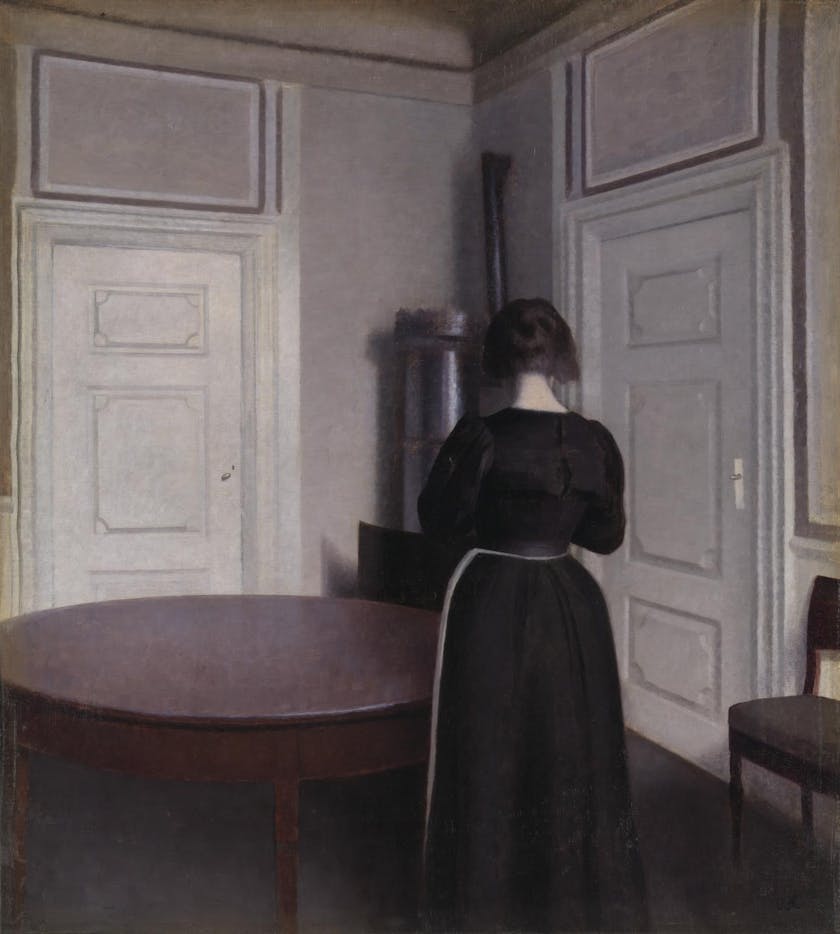
Vilhelm Hammershoi, Interior, 1899, oil paint on canvas. Image released under Creative Commons CC-BY-NC-ND (3.0 Unported) © Tate.
What’s one of your go-to tools in your toolkit that the world should know about?
Something I enjoy about my process is the use of needle and thread to hand–hem each blanket. I spend a lot of time on this step and, although it often goes unnoticed or overlooked, it is an important detail in the finishing of each piece. It is a visible reminder of my hand as the maker.
If you could purchase any artist's work for your home or studio, whose would it be and why?
I admire the work of Vilhelm Hammershoi. I saw his Interior painting in The National Gallery in London in 2012 or 2013. His quiet restraint spoke louder than anything else in the gallery.
Inspired by the people featured in The Queue?
Encounter their work from a different angle in the pages of American Craft magazine. When you become a member, you'll not only receive each beautiful issue in your mailbox, you'll also be helping fund a range of nonprofit programs that elevate the craft community.


